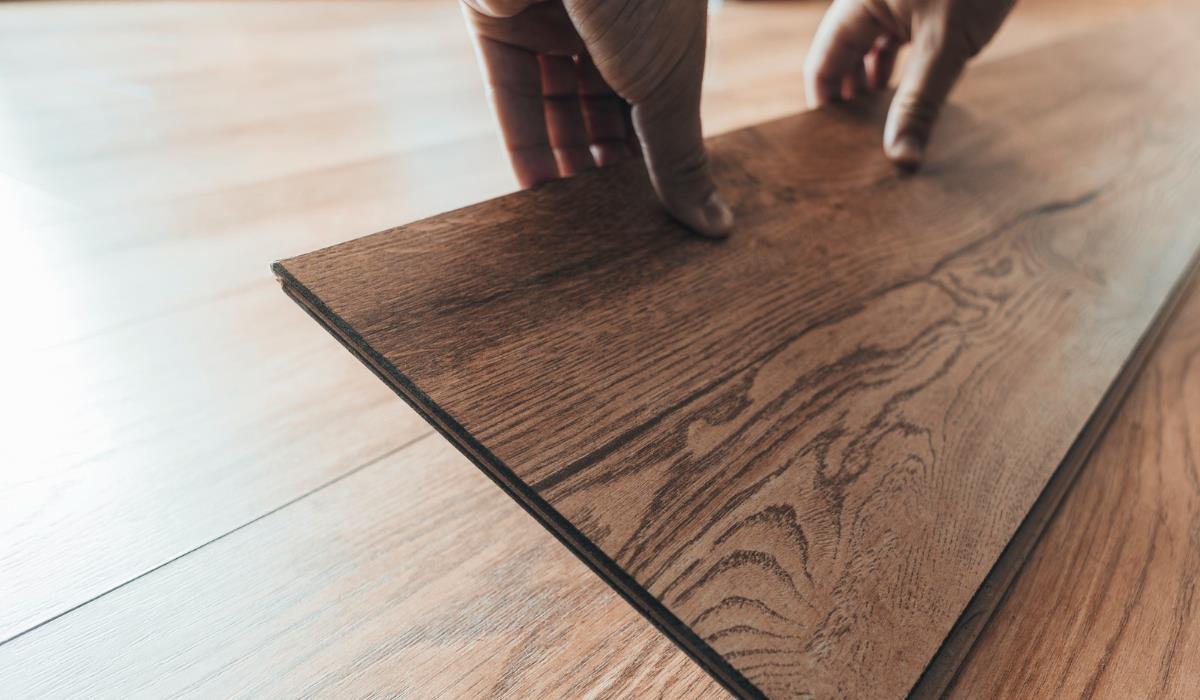In the case of a new floor, it is worth paying attention to several factors when deciding whether to remove the old one or lay a new layer. The choice should depend on the stability, evenness and adhesion of the existing floor. The disadvantage of laying a new floor over the old one is raising the floor level, which requires undercutting the door leaves and installing a threshold strip. Therefore, the new floor consists of quite thin materials, such as ceramic tiles, floor panels or wooden mosaic.
Wooden floors wear out over time, but instead of replacing, they can be renewed by sanding and varnishing. In the case of smaller scratches and gaps, they can be filled with parquet putty or mass obtained by mixing wood dust with liquid. Of course, if the floor has irremovable stains or significant defects, replacement becomes the only solution.
Choosing a new floor
When choosing panels, it is worth using a leveling layer made of special foam or wood-based underlayment boards. However, in the case of a wooden mosaic, it can be glued to such boards. Laying a new layer of ceramic tiles requires shallow “picking” or cutting the surface of the old ones to obtain proper adhesion. It is important that the surface of the old tiles is thoroughly dusted and washed before applying the adhesive.
New floor – summary
The choice between renovating or replacing a wooden floor depends on the condition of the existing floor. If the floor does not have indelible stains or significant losses, it is worth considering renovation. Whether by sanding and varnishing, or simply filling in minor scratches or gaps. However, when deciding on a new floor, you should pay attention to stability, evenness and adhesion. It is also worth considering the height of the room, because the floor level will be raised.



